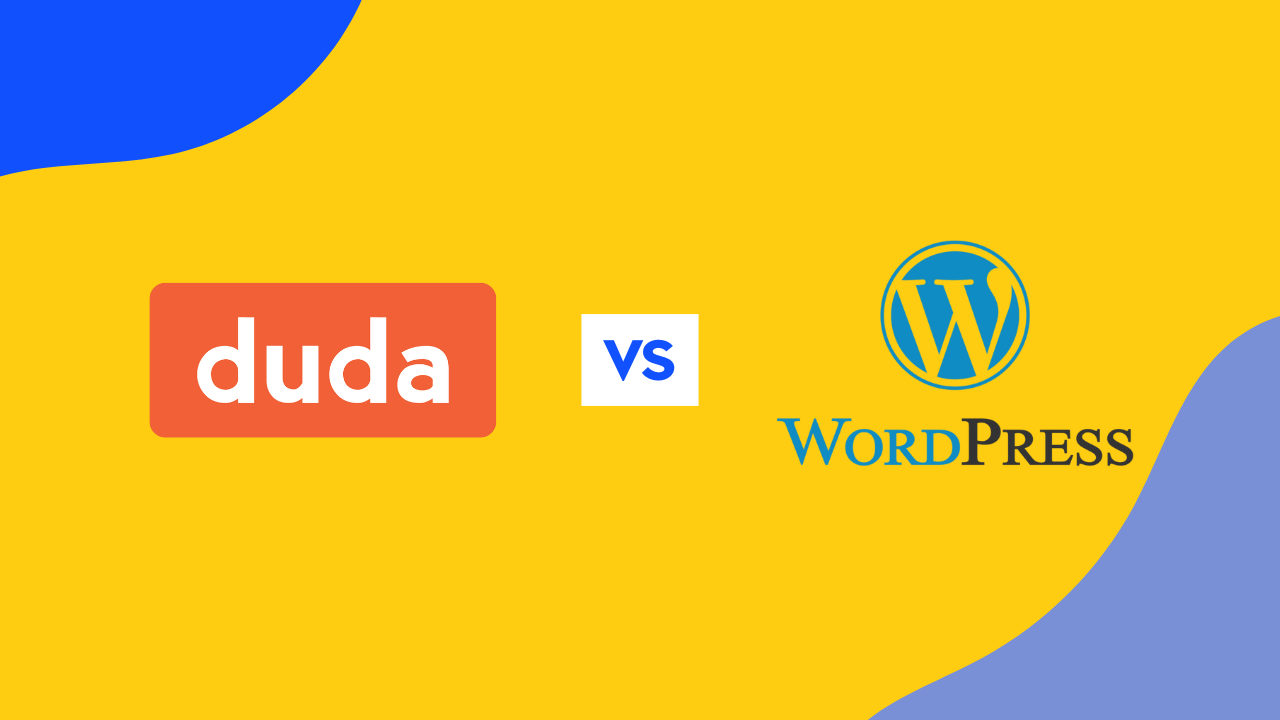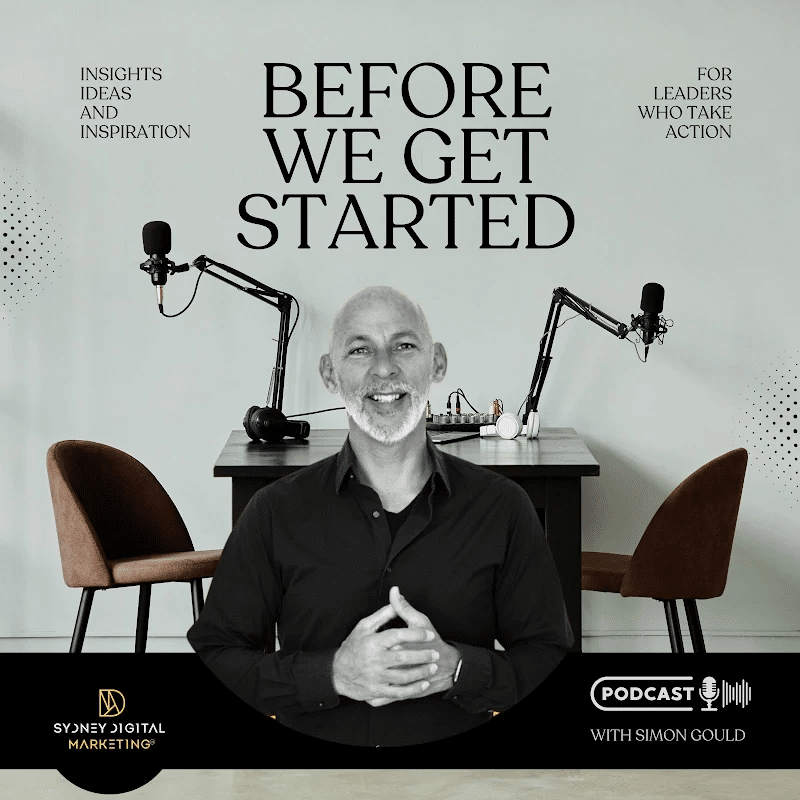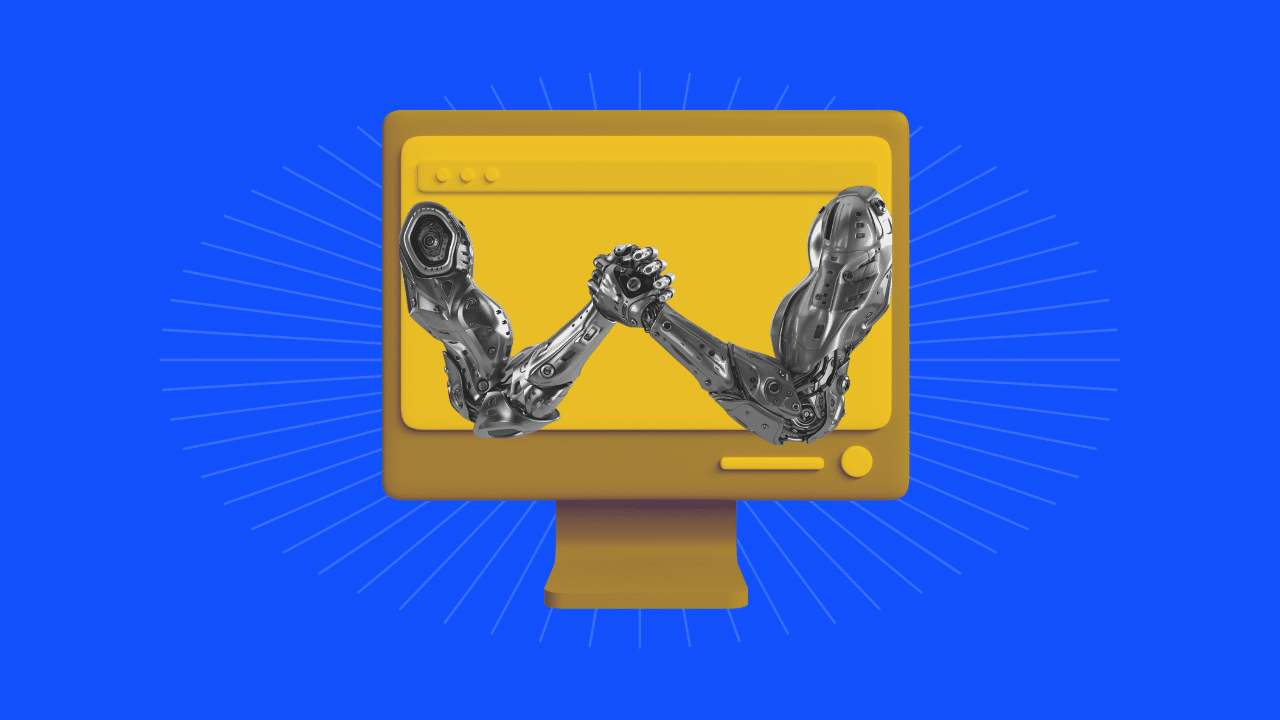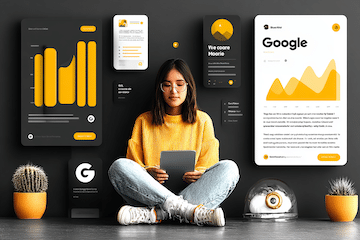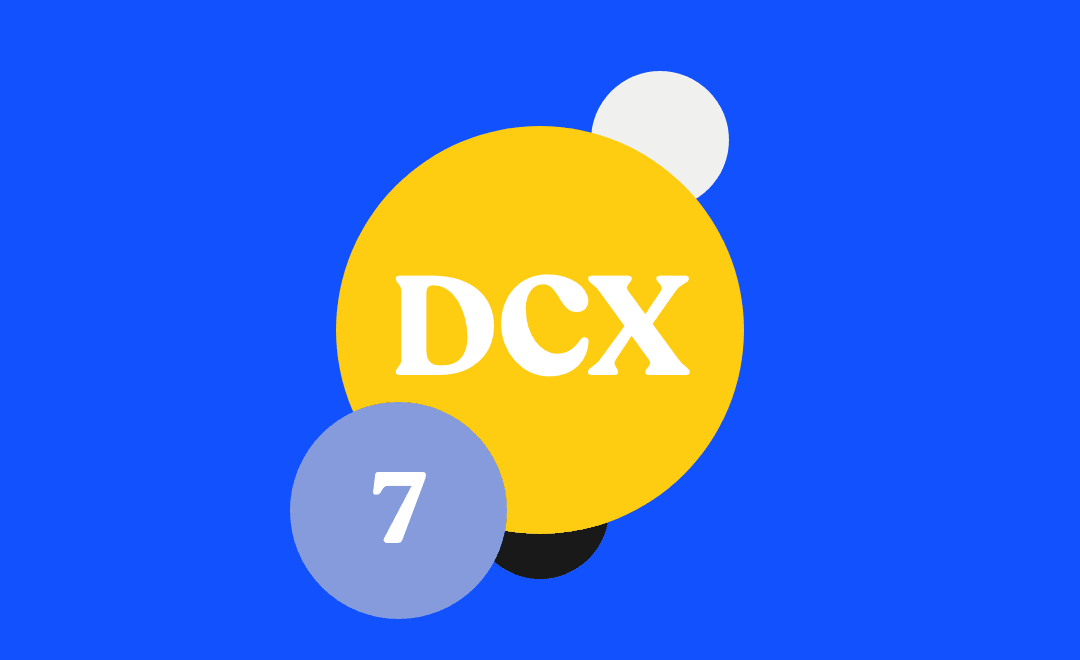
- DCX, Digital Customer Experience, Marketing Channels, Audience Targeting, Customer Journey
Recent articles
our mailing list
Week 7: The Digital Customer Experience – Marketing Channels for the DCX

Week 7: The Digital Customer Experience – Marketing Channels for the DCX
When it comes to picking a marketing channel, or multiple, for your business, there are a number of things to take into consideration, especially when it comes to marketing for the Digital Customer Experience.
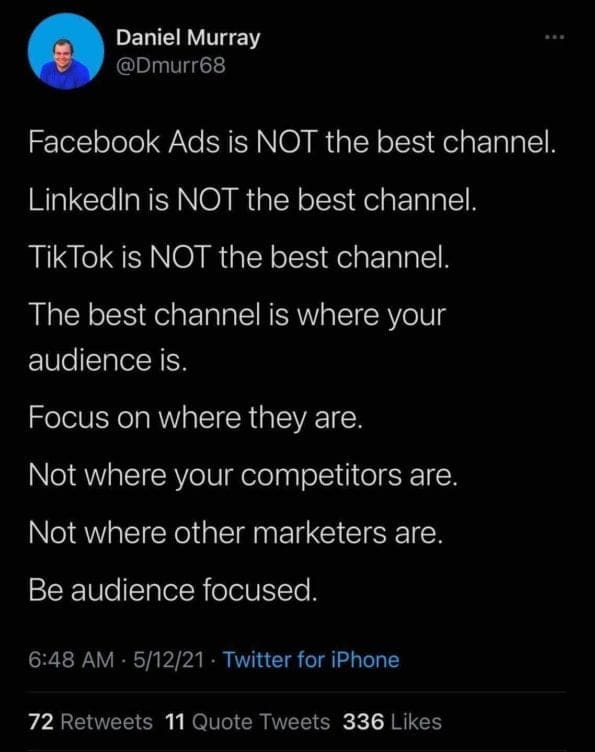
Straight up!
The biggest thing for a marketing agency is knowing how to direct our potential clients and their marketing strategy towards marketing on platforms that make sense for them.
Every client is so different and we need to be aware that just as every client is different, so is their audience. Even if two clients are within the same industry.
It’s simple, what works for someone may not work for you, and vice versa. It’s up to you top identify your audience and assess which platform is going to get you what you want.
Deeper than this, not only do you require an understanding of your audience, but you need to know what audience is where, AND where are they in their buyers journey.
Marketing Channels in your Funnel or Flywheel
When it comes to the marketing funnel and flywheel that we touched on back in week 4, we will admit there are still marketing platforms that work better for a specific purpose along each stage of the customer journey. Here’s a refresher on the marketing Hubspot funnel and flywheel:

YouTube, Facebook & Instagram are the perfect channels for the Awareness stage, or as Simon says in his LinkedIn teaser to this week’s episode, ‘wave your flag’ at potential buyers and introduce yourself.
Google Search is the natural bottom-of-funnel or conversion stage, as search ads are there for intent-based searches.
The difference is that on Facebook & Instagram, the user is interrupted with ads with the hopes that they have targeted an interested buyer. Whereas with Google Search Ads, the user is going to Google to search for their problem or to look for an answer, this is called intent-based.
You will need to remember that we are focusing on business services and leads here – not e-commerce – which follows a similar path but is more likely to create a shorter sales cycle. For example an e-commerce customer journey looks vastly different for B2C clients.
Cold, Warm and Hot Audiences
You can categorise your audiences into three buckets;
The Cold Audience:
This is for those who haven’t seen or engaged with your content, also known as Top-of-Funnel (TOF).
To reach your cold audience, Facebook and Instagram are industry-leaders for awareness and consideration stages. They interrupt the news feed, and, provided your ad stands out and your audience targeting is narrow enough, then you can create interest and trust in your product.
YouTube is another great platform for your cold audience because video is so powerful for conveying your brand message and business in an engaging way. We speak more on specific content next week.
The Warm Audience:
The warm audience is those who have engaged with your content, visited your page, or watched more than 5 seconds of your video. This user has since been moved down the funnel – now sitting at the Middle-of-Funnel (MOF) stage. This means they are more likely to be interested than someone who has not seen or heard of the business before.
How to speak to your warm audience? Welcome to the land of retargeting. Retargeting can be done on a variety of marketing channels, predominantly Facebook, Instagram and Google Display Retargeting on the Google Display Network (GDN).
Within Facebook & Instagram, you can create a custom audience that fills with all the people that have engaged with your content.
With Google and remarketing on the GDN, users will be retargeted ads on the sides of websites they visit with the product or service they have visited. This can be general or it can be hyper-targeted.
The Hot Audience:
Your hot audience includes people who have visited your website or supplied their contact details.
Still using retargeting, this is the final chance for you to change the users mindset and solve their problem. This can often have a promotion or special that the customer will receive if they take the offer now. This hook can come in the form of a discount, 2-for1, second session free and so on.
Using testimonials, reviews or case studies here can often be the hook or trust signal someone needs to know what their before-and-after-your-product could look like.
It’s often about urgency. It’s about getting into the opportunities head and tell them that they need this now.
At the same time, you should be running an AdWords campaign so that when potential buyers or leads google your brand – you’ll be the first thing they see. And if you’re not paying to be there, chances are your competitors will be.
Go ahead now – google your brand or business service or product and where do you appear ?
Selling to the Customer Journey
You’ll see, it’s not about specifically what marketing channels or platforms you choose to target your audience, but it’s what platform you use for what stage of their customer journey.
Using the affordances of all platforms to come together to market for the customer journey, using your knowledge of cold, warm and hot audiences, as well as the marketing flywheel. Choosing a platform for the digital customer experience should be a no-brainer. Porque no las dos?
Don’t forget though, this also means knowing your audience. Create a story out of it, ask yourself these questions.
- 1. Someone who has no idea about my brand, what problem do they have that I can speak to?
- 2. Someone who has no idea about my brand, what differences can I offer to make them choose me over my competitor?
- 3. Someone who has just learnt about my brand but has not converted, what have I not touched on that will further sell my brand?
- 4. Someone who has just learnt about my brand but has not converted, what can I do to either gain their details or their trust?
- 5. Someone who knows my brand and product, what can I do to get them over the line?
- 6. Someone who is interested in my brand and product, what sets me apart from the competitors?
A healthy retargeting portfolio means you are constantly re-selling to people and nudging them down the funnel and closer towards converting.
Testing, testing, testing.
Each marketing channel truly does perform differently, and the unfortunate nature of digital marketing means that what works for some may not work for others, and vice versa. Even when in similar industries.
That’s because every brand or business is inherently different, and their audiences and customers should be seen as different also.
Whether it’s down to what colours in the logo individuals react to more, which tone of voice, even the composition of their website. What attracts one audience, may not attract another. There are formulas you can use, but nothing will ever be cut copy.
It takes testing, it takes understanding, and it takes agility to stay on top of changing audiences and optimisations on any platform.
When testing, ensure you have actual quantifiable data coming out the other end so you can definitively make a conclusion. Check last week’s Digital Customer Experience blog on Attribution & Tracking so you can understand how to track your marketing efforts.
You can test:
- Format; i.e. video, carousel, single image.
- Creative; the imagery or composition.
- Copy; both on the ad and on the creative.
- Audience; self-explanatory.
- Budgets; are you overspending and causing your campaigns to wash out?
- Campaign objective; traffic, engagement or conversion? This will depend on your marketing goals and objectives.
- Landing page; i.e where are you sending your traffic to? Long or short landing page?
There is only one way to figure out what marketing channels work for your business and service, and that’s by doing.
You can test yourself, or you can work with a marketing agency who does it for you.
As Digital Customer Experience experts, you can be sure that we are an agency who places you on the platforms best suited to you. And only places you there after getting to know your business and your audience. It’s the only way to do it.
You can follow our guide from week 1, or reach out to us to future-proof your business and marketing efforts for the Digital Customer Experience.
Thank you so much for reading!
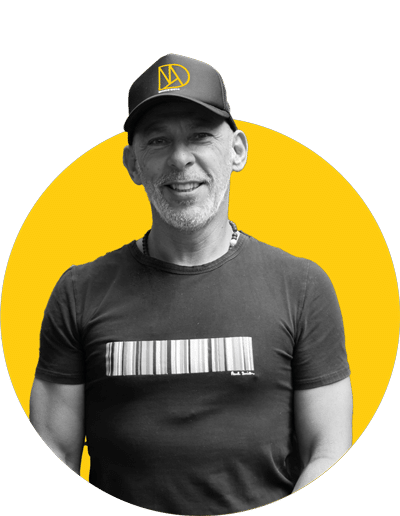
Article by
Simon Gould
CEO / Founder / Dad
Founder and leader, Simon established SDM back in 2012. Since then, he has helped 150 clients (and counting) to achieve their digital goals.[…]
